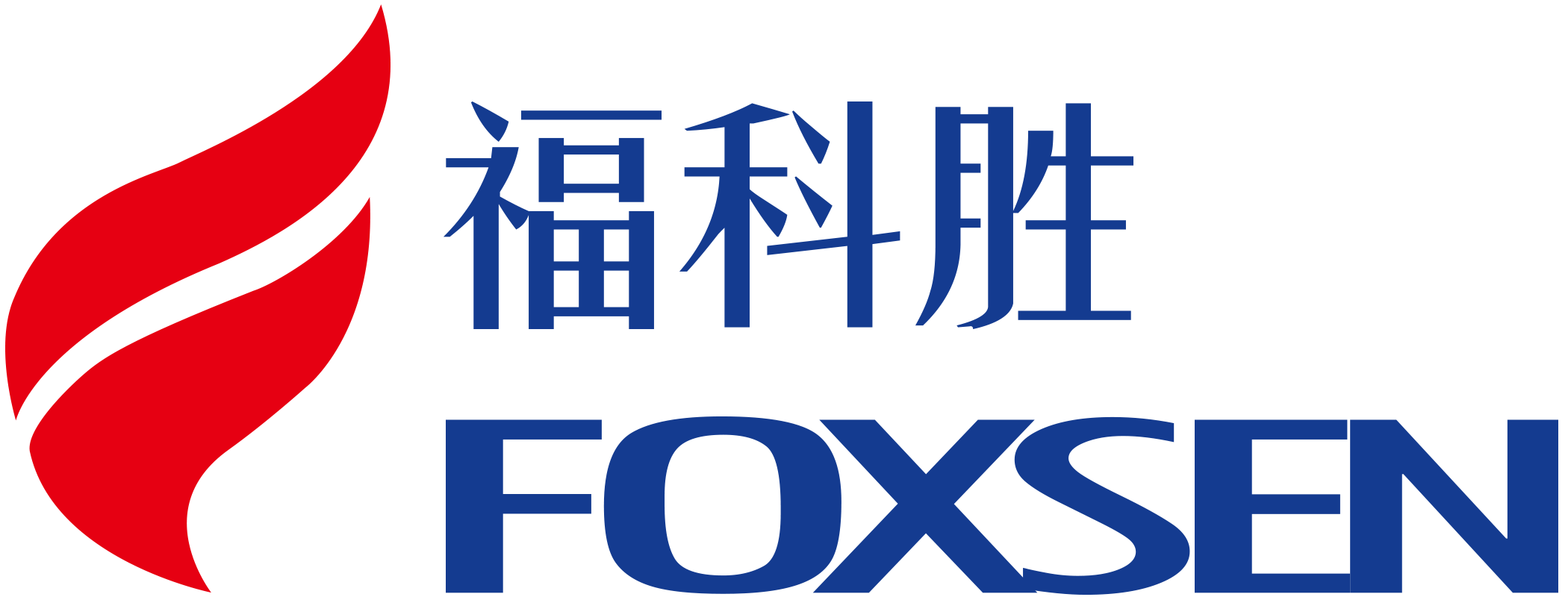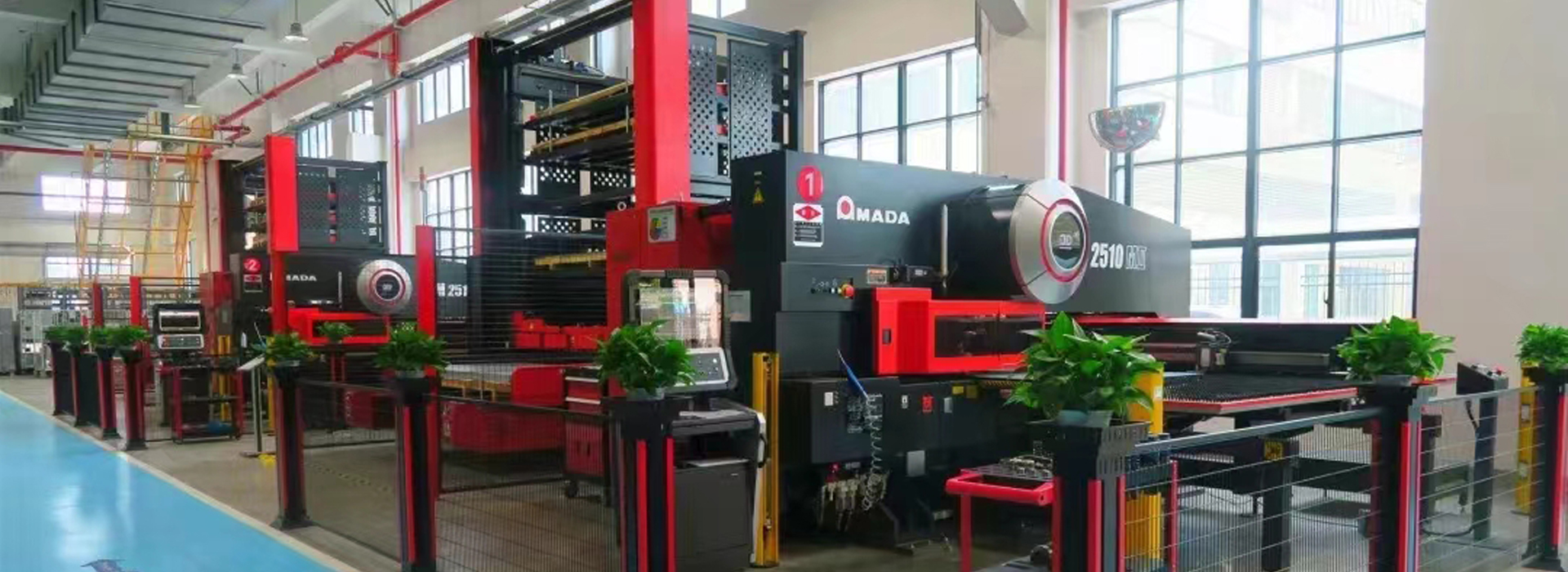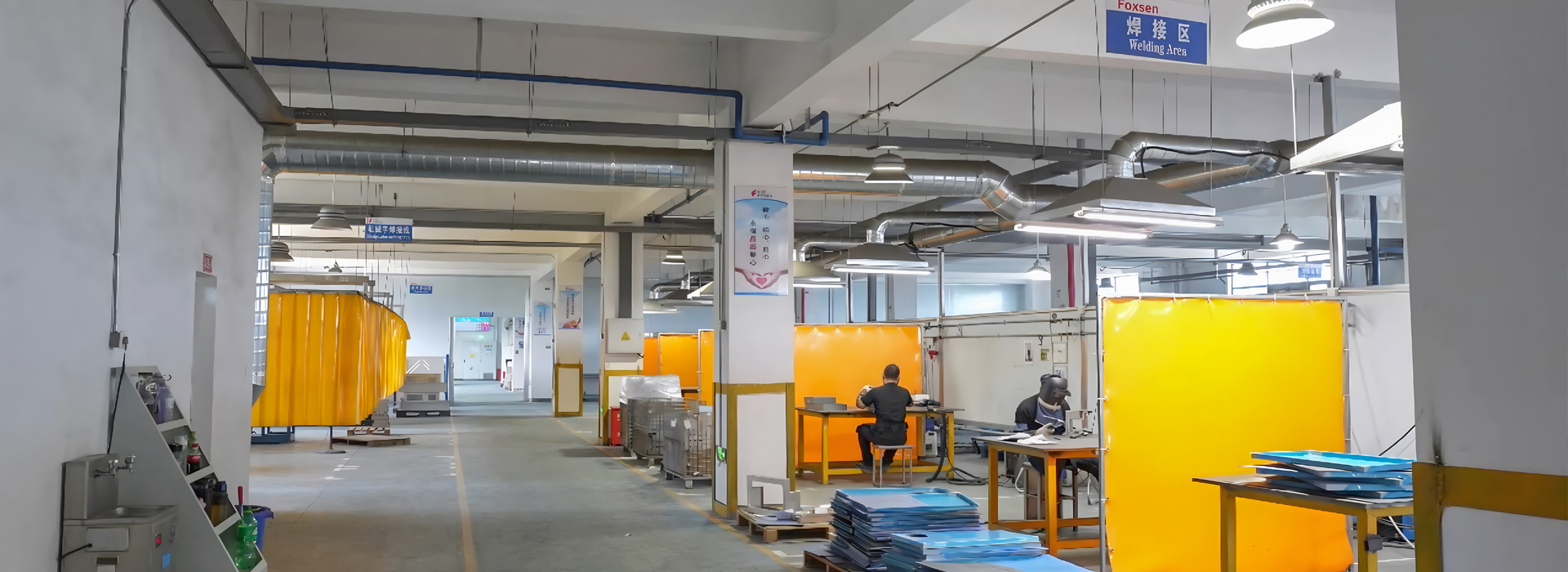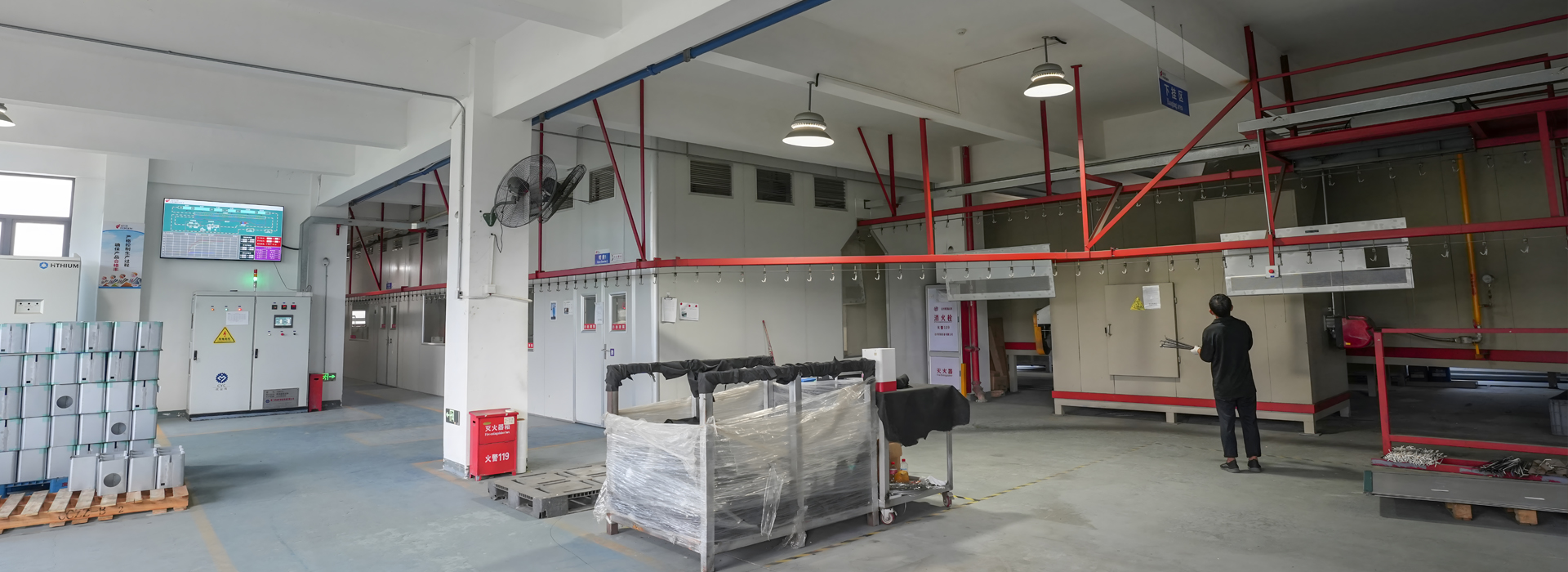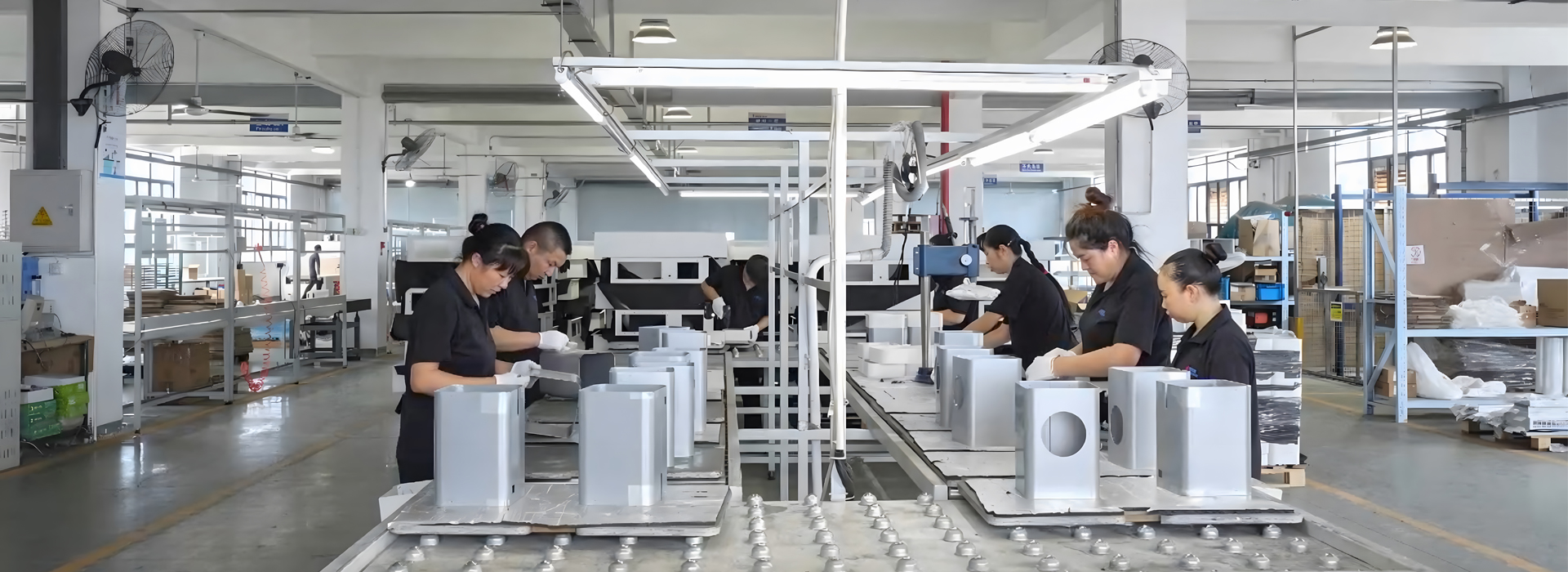
Choosing the right service can help your project succeed, especially when it comes to Custom Sheet Metal Fabrication Services. Businesses do well when they work with experts who focus on quality, use modern tools, and offer great customer care. The custom sheet metal market might grow to $30.5 billion by 2033, making it more important than ever to find reliable Custom Sheet Metal Fabrication Services.
In 2025, new trends like automation, eco-friendly methods, and better technology are changing the industry. These changes mean we need to choose wisely. Why pick less when you can work with someone who shares your goals and provides accurate results through their Custom Sheet Metal Fabrication Services?
Key Takeaways
Clearly explain what your project needs. Knowing the material, amount, and design helps it succeed.
Pick companies with experience and proper certifications. Skilled providers give better results.
Check for new tools and quality checks. Modern machines work better and make fewer errors.
Choose providers with good service and communication. Those who listen and update you make things easier.
Learn about new trends like robots and eco-friendly methods. Companies using these are better for the future.
Defining Your Project Needs
Starting a custom sheet metal fabrication project means knowing your needs first. This step helps make sure everything matches your goals.
Material Selection and Requirements
Picking the right material is the first choice to make. Each metal has special features, and choosing wrong can cost you. For example:
Steel Sheet Metal: Strong and great for tough jobs. Stainless steel fights rust, and alloy steel lasts longer.
Aluminum Sheet Metal: Light and rust-proof, good for moving parts or outdoor use.
Copper and Brass Sheet Metal: Great for carrying electricity and looking stylish.
Titanium Sheet Metal: Strong but light, works well in harsh conditions.
I always check how strong, rust-proof, and affordable these materials are. This makes sure the parts work well and fit the budget.
Tip: Work with your provider to pick the right material. This saves money and ensures accurate parts.
Volume and Complexity of the Project
How big and detailed your project is affects time and cost. Bigger orders often cost less per piece and ship faster. Complicated designs need better tools and skilled workers.
Using one company for everything can speed things up. It cuts delays and improves quality checks. This is key for custom sheet metal fabrication, where accuracy is crucial.
Note: Talk about your project’s details early. This helps the provider plan and handle challenges better.
Design and Functional Goals
Every project starts with a clear design idea. I focus on tolerances, which are small size differences that make parts work right. Tight tolerances help parts fit perfectly and lower costs.
For precise parts, I team up with the provider to match designs to real-life production. This teamwork ensures the parts are high-quality and strong.
Call to Action: Share your design ideas early and clearly. This helps your provider deliver great results.
Evaluating Custom Sheet Metal Fabrication Services

Expertise and Industry Experience
When picking custom sheet metal fabrication services, experience matters most. A provider with many years in the field knows how to handle tricky shapes and tight size limits. This skill is very important for industries like cars and airplanes. Experts, like engineers and chemists, help make sure the work is top-notch. Their knowledge makes production faster and keeps costs low.
I’ve seen how skilled providers can improve a project. They solve problems early and make sure the work fits my needs. For example, a company with strong experience can manage detailed designs without losing quality. This is especially helpful for big or important projects.
Tip: Pick providers with proven experience in your field. Their skills will help your project succeed and meet all needs.
Certifications and Compliance Standards
Certifications are a must when choosing sheet metal services. They show the provider cares about quality and safety. I always check for certifications like ISO 9001 and IATF 16949:2016. These ensure good quality and reliable products, especially for cars. Rules like RoHS and REACH also matter. They make sure materials are safe and eco-friendly.
Following rules isn’t just about paperwork. It ensures the product works well and meets standards. Providers with strong quality checks often deliver better results. They catch mistakes early and make sure every piece is perfect.
Callout: Always check certifications before choosing a provider. It’s a simple way to avoid big problems later.
Equipment and Technology Capabilities
Modern tools and tech are key for today’s sheet metal services. I look for providers using advanced machines like CNC cutters and lasers. These tools make parts more accurate and save time. New tech, like AI, also helps by improving speed and cutting costs.
The industry is changing fast with better tools and materials. For example, some machines now scan materials and design automatically. This is driven by growing needs in industries like cars and planes. Providers using these tools show they are ready for the future.
Providers with great tools often do the best work. They handle hard designs and big orders easily. That’s why I always check their tech before deciding.
Note: Pick a provider with modern tools. It shows they care about quality and staying updated.
Quality Assurance Processes
Quality checks are a must for custom sheet metal fabrication. I always pick providers with strong quality systems. These systems help avoid mistakes and ensure great results. Good providers use clear ways to measure quality, like:
These numbers show if a provider can deliver top-quality work. I also check how they handle quality control. The best providers follow these steps:
Set quality rules based on industry and client needs.
Plan each step to find key quality points.
Create checks for every stage of the process.
Train workers well in quality control tasks.
Keep detailed records of all quality checks.
Improve their system often to stay updated.
Tip: Ask about a provider’s quality system. A good system ensures your project is done right.
Pricing and Value for Money
Cost matters, but I never trade quality for a low price. I look for fair prices that match the value offered. Cheap providers with poor quality can cost more later due to fixes and delays. The best providers balance cost and quality well.
When comparing prices, I check:
Material quality: Are they using the right materials for my project?
Delivery time: Can they finish on time without rushing?
Extra services: Do they help with design, testing, or after-sales support?
Providers with clear pricing and detailed quotes stand out. They explain costs clearly, which builds trust. This helps me get the best value for my money.
Callout: Don’t just pick the cheapest option. Focus on value to avoid extra costs and get better results.
Customer Service and Communication
Good communication makes projects run smoothly. I choose providers known for great customer service. Providers who listen, reply fast, and keep me updated make a big difference.
Here’s what I check for in customer service:
Fast replies: Providers who answer questions quickly.
Clear updates: Regular info on progress or possible delays.
Problem-solving: Fixing issues before they become big problems.
Customer reviews help me learn about a provider’s service. For example, I’ve read reviews like:
"C&J Metals was amazing! They answered all my questions fast, gave quick estimates, and had great customer service!"
"Perfect 10 stars! Great service, fast delivery, and top quality."
These reviews show why good service matters. I also like providers who let me visit or show their work online. This openness builds trust and shows they are reliable.
Note: Good customer service isn’t extra—it’s essential. Pick a provider who listens and keeps you informed.
Steps to Choose the Best Provider
Researching Providers and Their Specializations
Finding the best provider starts with careful research. I look for providers who focus on the type of work I need. This ensures they have the right skills and tools for quality results. To gather good information, I use two types of research:
I double-check the data by comparing it with expert opinions and trusted databases. This helps me learn about market trends and challenges. By doing this, I can pick providers that match my project’s needs.
Tip: Choose providers with experience in rapid prototyping and engineering support. These are important for tricky projects.
Requesting Quotes and Comparing Options
After making a list, I ask for detailed quotes from each provider. This helps me compare prices, delivery times, and extra services like prototyping. For example, I’ve seen costs range from $25 to $100 per hour in Europe. In China, rates are often between $10 and $30 per hour.
Delivery times also differ. Simple parts, like those sized 10 mm x 10 mm to 200 mm x 200 mm, usually take three days. Providers offering rapid prototyping can deliver faster, which is helpful for tight schedules.
When comparing quotes, I don’t just look at price. I check if the provider can handle complex designs and offer engineering help. This way, I get great results without losing quality.
Callout: Ask for samples of their past work. It’s a smart way to check their skills.
Reviewing Case Studies and Client Feedback
Customer reviews and case studies are very helpful when choosing a provider. They show how reliable, skilled, and customer-friendly a provider is. For example, surveys often highlight important things like customer loyalty and satisfaction.
I also read reviews to see how well a provider communicates and solves problems. Comments like “quick delivery and great prototyping” or “excellent support for tough designs” help me decide.
Note: Don’t skip reading reviews and case studies. They are key to finding a reliable partner.
Visiting Facilities or Virtual Tours
Seeing a provider’s facility or taking a virtual tour helps a lot. I always do this step to check their tools and processes. Visiting in person lets me see machines like CNC cutters working. I can also check how clean and organized their workspace is. This gives me trust in their ability to handle my project.
If I can’t visit, virtual tours are a great option. Many providers now show their facilities online. These tours highlight their production lines, quality checks, and storage areas. I feel more confident when they are open about their work. It shows they care about quality and building trust.
During a visit or tour, I look at cleanliness and safety rules. I also check if their tools are in good shape. A clean and safe place shows they aim for high standards. I ask questions about their work and watch how their team operates. This helps me understand their skills and how well they communicate.
Tip: Always ask for a visit or virtual tour. It’s a simple way to check if they meet your needs.
Prioritizing Based on Project Needs
Picking the right provider means matching their skills to your project. I start by checking if they can make parts that fit my needs. Providers with experience in different industries often have useful ideas. Their ability to make things efficiently is also very important.
To choose well, I see if their products match my goals. Providers using smart tools like automated inspections stand out. These tools make work more reliable and reduce waste, saving money. I also prefer providers with strong quality checks and tracking systems. These ensure the work is consistent and meets standards.
I gather information from experts and industry reports to find good providers. This research helps me pick local fabricators who meet my expectations. By focusing on these points, I can choose a provider who offers both quality and value.
Callout: Pick providers who are great at quality checks and efficient work. They’re more likely to meet your project’s needs.
Emerging Trends in Custom Sheet Metal Fabrication
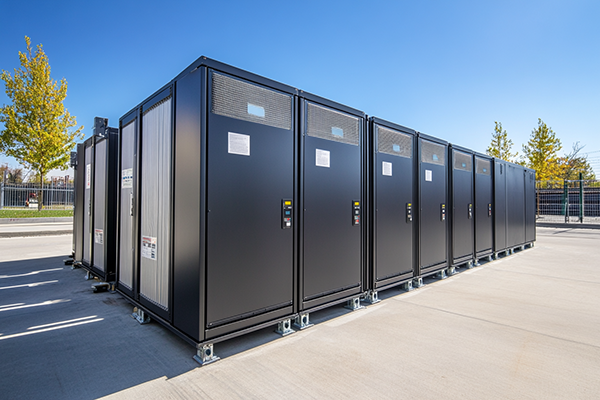
Advanced Automation and AI Integration
Automation and AI are changing how metal fabrication works. These tools make work faster, reduce mistakes, and improve quality. Robots and CNC machines now handle detailed tasks with great accuracy. This leads to quicker production and better results.
Digital tools like IoT and ERP systems are also important. They help track every step of the process in real time. I’ve seen providers use these tools to ensure everything runs smoothly. They also use the data to make smarter decisions.
Here’s how these technologies help:
Robots improve accuracy and lower human mistakes.
IoT collects data to fix problems before they happen.
3D printing makes complex parts quickly and saves materials.
These tools aren’t just about speed. They help make better products while keeping costs low. I prefer providers who use these technologies because they’re ready for the future.
Sustainability and Eco-Friendly Practices
Being eco-friendly is now a must in metal fabrication. Many providers are working to reduce waste and save energy. They use recyclable materials and advanced cutting methods to lower their environmental impact.
For example, laser cutting reduces leftover scraps and improves accuracy. Some companies even use solar or wind power for their factories. These efforts show they care about the planet and follow global green goals.
I always ask providers about their eco-friendly actions. Companies that focus on sustainability often offer better long-term value. It’s not just good for the Earth—it helps them stay competitive too.
Tip: Pick a provider that uses green methods. It’s better for your project and the environment.
Smart Manufacturing Technologies
Smart tools are shaping the future of metal fabrication. AI, IoT, and machine learning make work faster and smarter. These technologies improve how factories run and boost efficiency.
For instance, some providers use AI to find and fix slowdowns in production. IoT devices check machines to keep them running smoothly. These tools help factories work better and avoid delays.
Here’s why smart manufacturing is important:
It connects teams using digital tools for better teamwork.
It boosts productivity with tools like 3D printers and lasers.
It prevents breakdowns by spotting problems early.
I always choose providers who invest in smart tools. They’re not just following trends—they’re leading the way in quality and innovation.
Enhanced Customization Capabilities
Customization is now a key part of sheet metal work. Providers adjust their services to meet specific industry needs. Fields like aerospace, medical devices, and transit systems rely on this. It’s not just about looks—it’s about solving problems with precision.
In aerospace and medical fields, exact designs are very important. Customization helps reduce waste and improve performance. For example, medical devices often need small, detailed parts. Standard parts won’t work here. Custom fabrication makes sure parts fit perfectly and work well.
Transit systems also gain from custom solutions. Limited space and special requirements make standard parts hard to use. I’ve seen projects where custom parts were the only option. These solutions save time and avoid expensive changes later.
Advanced tools like 3D CAD software have changed the game. Providers can now design and test parts before making them. I’ve worked with teams using this tech to spot errors early. This saves materials, reduces mistakes, and speeds up production.
Tip: Pick a provider skilled in custom fabrication. They can adapt to your needs and ensure project success.
Improved Collaboration Tools
Teamwork is crucial for any project to succeed. The best providers don’t just make parts—they work closely with you. New collaboration tools make this process easier and faster.
Cloud-based platforms let clients and providers talk in real time. I’ve used these tools to share updates and solve problems quickly. This openness builds trust and keeps everyone aligned.
Digital twin technology is another helpful tool. It creates a virtual copy of the product to test before production. I’ve seen how this prevents mistakes and ensures the final product is perfect.
Project management software also helps organize work. These tools track deadlines, assign tasks, and check quality. I’ve worked with teams using these systems to finish projects on time, even with tight schedules.
Callout: Good collaboration tools are a must. Choose providers who focus on clear communication and teamwork.
Picking the best custom sheet metal fabrication provider starts with knowing your project’s needs. I’ve found that looking at skills, quality, and service leads to better outcomes. Providers with good certifications, modern tools, and clear updates are the best choice.
New trends like automation and eco-friendly methods are changing the industry. I suggest choosing providers who use these new ideas. They can give you better and future-ready results.
Tip: Make a list of what matters most—materials, cost, and deadlines. Use it to compare providers and choose wisely. The right provider will save you time, money, and effort.
FAQ
What industries gain the most from custom sheet metal fabrication?
Industries like aerospace, cars, medical, and building benefit greatly. Strong and precise parts improve how things work in these areas. Custom fabrication makes sure parts fit perfectly, which is key for safety and performance.
Tip: Pick a provider with experience in your industry for top results.
How can I check if my provider uses good materials?
Ask for proof like material certificates and compliance papers. I always ask for documents showing standards like ISO or RoHS. This ensures the materials are safe and high-quality. Providers who share this info are more reliable.
Note: Certified materials lower risks and make products last longer.
Can custom sheet metal fabrication handle tricky designs?
Yes, modern tools like CNC machines and 3D CAD software help. I’ve worked with providers who are great at making detailed designs. Their skills make sure even hard projects turn out well.
Callout: Share your design early to check if it’s possible and accurate.
How do I compare prices between providers?
Ask for quotes that explain costs for materials, labor, and extras. I compare these with how hard the project is and delivery times. Clear pricing helps me avoid surprises and pick the best deal.
Tip: Don’t just look at price—think about quality and service too.
Why does customer service matter in sheet metal fabrication?
Good communication makes projects easier. Providers who reply fast, give updates, and fix problems quickly are the best. I’ve learned that great customer service builds trust and leads to better results.
Emoji: 💡 Always choose providers who focus on clear communication.
